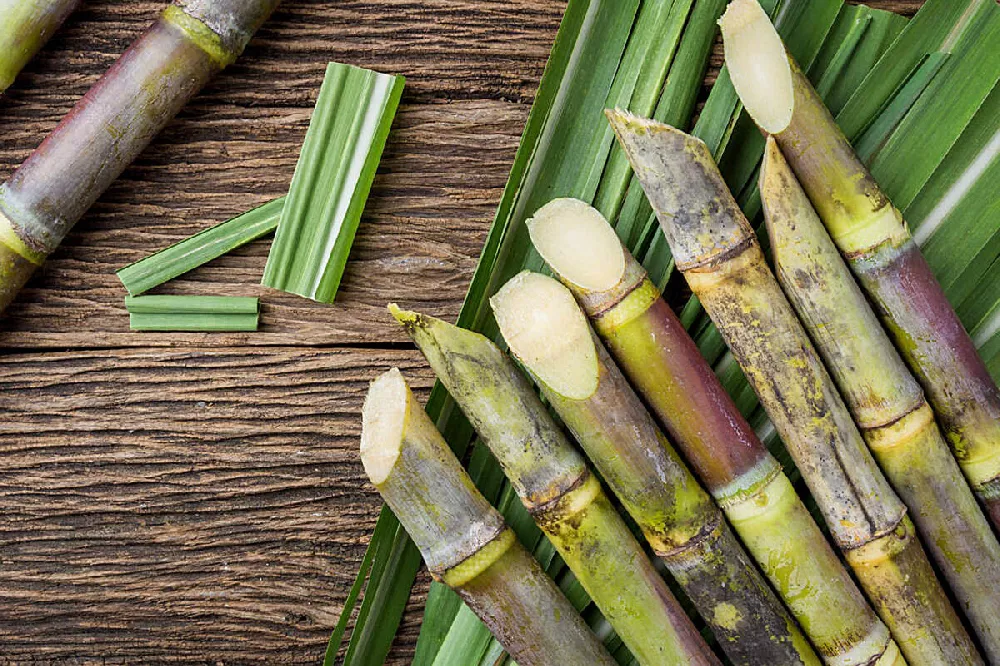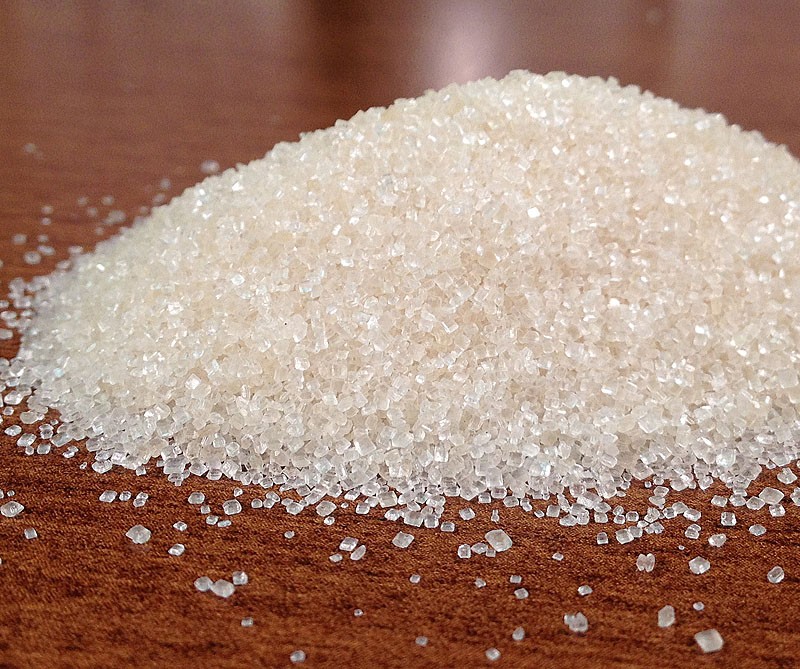An Extensive Guide to the Environmental Effect and Sustainability Practices in Walking Cane Sugar Processing
The ecological impact of cane sugar handling offers a complicated range of challenges that warrant cautious evaluation. From dirt destruction and extreme water usage to the carbon impact connected with cultivation and manufacturing, the repercussions of traditional methods are significant. What certain methods can be implemented to strike an equilibrium between performance and environmental stewardship?
Overview of Walking Stick Sugar Processing
Walking cane sugar processing entails a series of systematic steps that change sugarcane into polished sugar. Initially, collected sugarcane is transferred to refining facilities, where it undertakes cleaning to get rid of soil and particles. Following this, the cane is squashed to extract juice, which is then made clear by removing contaminations with home heating and the addition of lime.
The made clear juice undergoes evaporation, where water is gotten rid of to concentrate the sugar material. This focused syrup is then taken shape via cooling, permitting sugar crystals to create. These crystals are divided from the remaining syrup utilizing centrifugation, causing raw sugar. To achieve refined sugar, the raw item undertakes further purification procedures, which might include cleaning and filtering to remove remaining pollutants and shade.
The final item is after that dried out and packaged for distribution. Throughout this entire procedure, maintaining effectiveness and quality assurance is necessary to ensure the sugar meets market requirements. Each action in walking cane sugar processing not only adds to the last item yet additionally has effects for source usage and waste generation, establishing the stage for discussions on sustainability and environmental effects connected with sugar production.
Environmental Challenges of Manufacturing
The manufacturing of walking cane sugar presents several significant environmental obstacles that warrant focus. One key concern is the extensive use agrochemicals, consisting of plant foods and chemicals, which can result in soil degradation, biodiversity loss, and contamination of neighborhood water resources. The runoff from sugarcane areas frequently brings these chemicals into nearby communities, interrupting aquatic life and influencing the wellness of neighborhoods reliant on these water bodies.
Another obstacle is the high power consumption related to sugarcane handling. The boiling and refining stages require significant warm, mainly generated by melting nonrenewable fuel sources, adding to greenhouse gas discharges. Additionally, the large acreage required for sugarcane farming can result in deforestation and environment damage, additional intensifying climate modification and threatening wild animals.
Furthermore, the labor techniques in some regions raise moral worries, as workers may deal with poor working problems and inadequate incomes. This circumstance often bolsters a cycle of hardship in neighborhood areas. Cane Sugar Processing. Attending to these environmental obstacles is essential for creating more lasting practices in walking stick sugar production, eventually benefiting both the environment and the neighborhoods involved in this market
Water and Land Usage Influence
Water resources and land application are vital parts in the cane sugar sector that substantially impact the atmosphere. The farming of sugarcane calls for significant water input, with estimates suggesting that it can eat up to 2,000 liters of water per kg of sugar generated. This intensive use of water commonly leads to exhaustion of neighborhood water resources, impacting not just the sugarcane plantations however additionally bordering environments and neighborhoods that count on the very same water resources for agriculture and domestic use.

In addition, land use for sugarcane farming can result in logging and the conversion of natural environments into monoculture haciendas. This method lessens biodiversity, disrupts local ecosystems, and adds to dirt destruction. The growth of sugarcane fields often intrudes on beneficial agricultural land, developing competition for resources in between food and biofuel manufacturing.
Sustainable methods, such as maximizing irrigation techniques and applying crop rotation, are important to minimize these impacts. By embracing a lot more efficient water usage and land administration strategies, the cane sugar sector can reduce its ecological impact, guaranteeing an equilibrium in between agricultural productivity and environmental conservation.
Greenhouse Gas Emissions
Greenhouse gas exhausts stand for a significant environmental problem within the cane sugar processing market, specifically as farming techniques increase to meet global demand. The farming of sugarcane, a plant that prospers in exotic climates, counts greatly on artificial plant foods and chemicals, which add to laughing gas exhausts. In addition, land-use adjustments, consisting of logging for brand-new sugarcane haciendas, launch co2 stored in vegetation and soil.
Throughout handling, energy consumption is another significant resource of greenhouse gas discharges - Cane Sugar Processing. Several sugar mills make use of click here for info nonrenewable fuel sources to power machinery and generate warmth, leading to considerable carbon impacts. Moreover, the transportation of raw sugarcane and finished items includes layers of emissions through gas combustion in vehicles
This includes reviewing current farming techniques, processing techniques, and transport systems to recognize areas for improvement and mitigation. Resolving greenhouse gas emissions is crucial for fostering a much more lasting walking cane sugar industry in a changing climate.

Sustainable Practices and Innovations
Lasting practices and innovations are significantly important in the walking cane sugar handling industry as stakeholders look for to reduce ecological effects while maintaining efficiency. One considerable advancement is the execution of integrated plant management, which maximizes resource usage by combining soil monitoring, insect control, and plant rotation methods. This approach improves return while reducing chemical inputs and maintaining soil health and wellness.
Moreover, the fostering of eco-friendly energy resources, such as biomass from sugarcane deposits, has gotten traction - Cane Sugar Processing. By converting waste items into energy, refining centers can decrease their dependence on nonrenewable fuel sources, thus decreasing greenhouse gas emissions
Water administration methods have actually also seen enhancements via the recycling and reusing of water in processing plants, significantly minimizing freshwater intake. Innovations in technology, such as precision farming, make it possible for farmers to monitor crop health and wellness and source use better, making sure lasting cultivation methods.
Moreover, qualification programs like Fair Profession and Rainforest Alliance encourage eco liable farming techniques and promote social equity within the supply chain. By embracing these sustainable practices and developments, the walking stick sugar processing market can boost its durability and contribute positively to ecological stewardship.
Final Thought
The environmental impact of walking cane sugar processing offers considerable difficulties, including soil deterioration, high water consumption, and greenhouse gas emissions, along with honest issues connected to labor practices. Dealing with these issues through lasting techniques, such as incorporated crop administration, sustainable power adoption, and water recycling, is necessary. By advertising socially fair and ecologically responsible approaches in sugar manufacturing, the market can mitigate its damaging effects, ensuring an Read More Here extra lasting future for both environments and communities associated with this sector.
Walking cane sugar processing involves a collection of systematic actions that transform sugarcane right into refined sugar. Each action in walking cane sugar processing not just contributes read this article to the last product but likewise has implications for source use and waste generation, establishing the stage for conversations on sustainability and environmental effects associated with sugar manufacturing.
Greenhouse gas emissions stand for a significant ecological issue within the walking cane sugar processing sector, particularly as farming practices broaden to meet worldwide need.Sustainable techniques and advancements are progressively essential in the walking stick sugar processing sector as stakeholders seek to lower ecological effects while preserving efficiency.The environmental effect of cane sugar handling offers substantial obstacles, consisting of soil degradation, high water usage, and greenhouse gas exhausts, along with moral concerns connected to labor methods.